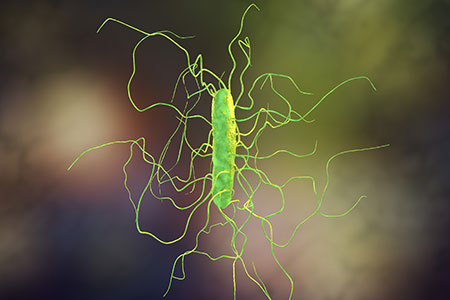 As people increasingly rely on smartphones and tablets, it should come as no surprise that this trend also exists in laboratories. While this is unlikely to pose a problem in your kitchen when using your phone as a cooking timer, there are potential issues associated with use of smartphones and tablets in laboratory animal facilities. Such devices can be contaminated with bacteria, including pathogenic species which some animal facilities may wish to exclude.
As people increasingly rely on smartphones and tablets, it should come as no surprise that this trend also exists in laboratories. While this is unlikely to pose a problem in your kitchen when using your phone as a cooking timer, there are potential issues associated with use of smartphones and tablets in laboratory animal facilities. Such devices can be contaminated with bacteria, including pathogenic species which some animal facilities may wish to exclude.
Decontaminating Smartphones and Tablets
Because banning phones and tablets from a research animal facility may be impossible, it is critical to identify methods for limiting transmission of bacteria from devices to animal colonies. Lieberman et al. investigated several sanitation methods for their ability to reduce aerobic bacteria on smartphones.The researchers evaluated the following methods:
- Two different commercial ultraviolet (UV) light sanitizing devices
- 70% ethanol spray
- 0.55% sodium hypochlorite wipes
- Quaternary ammonium disinfectant spray
- Delicate task wipes
Best Practices for Decontamination
– Lieberman et al.1
Laboratory animal producers can and do set more stringent requirements for their facilities. At Taconic Biosciences, personal smartphones are prohibited from animal rooms, while company-owned tablet computers are used in some rooms.
All materials which enter barrier production rooms are sterilized, whether by autoclave or other methods. Tablets and instrumentation are sterilized via chlorine dioxide gas exposure. Most devices remain in a production location long term. If a device must move to a new location, it is sterilized again with chlorine dioxide prior to entry into the new room.






.jpg)

.jpg)
.jpg)
.jpg)
.jpg)





.jpg)
.jpg)


.jpg)



.jpg)




.jpg)

.jpg)
.jpg)






